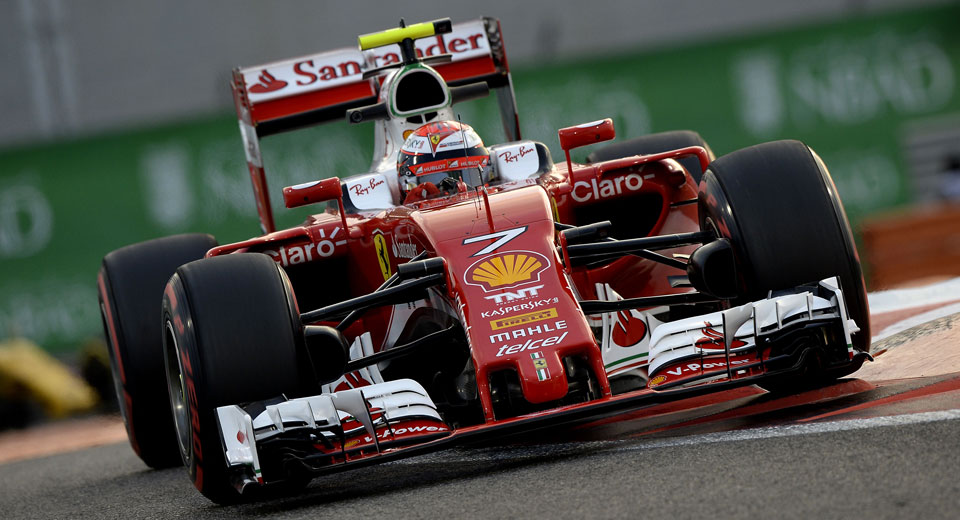What happens to F1 cars after they retire? While some teams keep theirs for display and demonstration purposes, others sell them to private collectors and enthusiasts. But that could soon come to an end, and the culprit could be today’s hybrid powertrains.
Speaking with Autocar, Ferrari’s long-time test driver Marc Gené said that the current 1.6-liter turbocharged V6 hybrid engines are far too complicated and expensive to run for private use.
“They are just too difficult to maintain,” said Gené, who has contested a few dozen grands prix and won Le Mans with Peugeot in 2009. “Just to fly them over, the battery needs some extra safety requirements for the plane. To run, the current engines are very advanced but so expensive.”
As a result, Ferrari at least isn’t likely to sell F1 cars any newer than the 2013 chassis it’s currently offering through its Corse Clienti program. The framework allows private customers to buy the Scuderia’s retired F1 cars, supported by factory technicians and run at special events around the world.
2013 was the last year under the previous engine regulations, which was based on 2.4-liter naturally aspirated V8s that were assisted by a much milder and simpler Kinetic Energy Recovery System. The regenerative braking system was introduced in 2009, prior to which F1 engines were highly stressed but unassisted by any supplemental electric motors.
Of course, that’s just one team, and others could still sell newer cars to private customers. But what goes for one team would, by extension, apply to the others as well.
One solution we’d suggest would be to replace the hybrid powertrains with less complicated ones. The result would be less authentic to how the cars ran in competition, but would be far easier to operate for both drivers and technicians, and sound and respond better in the process.















